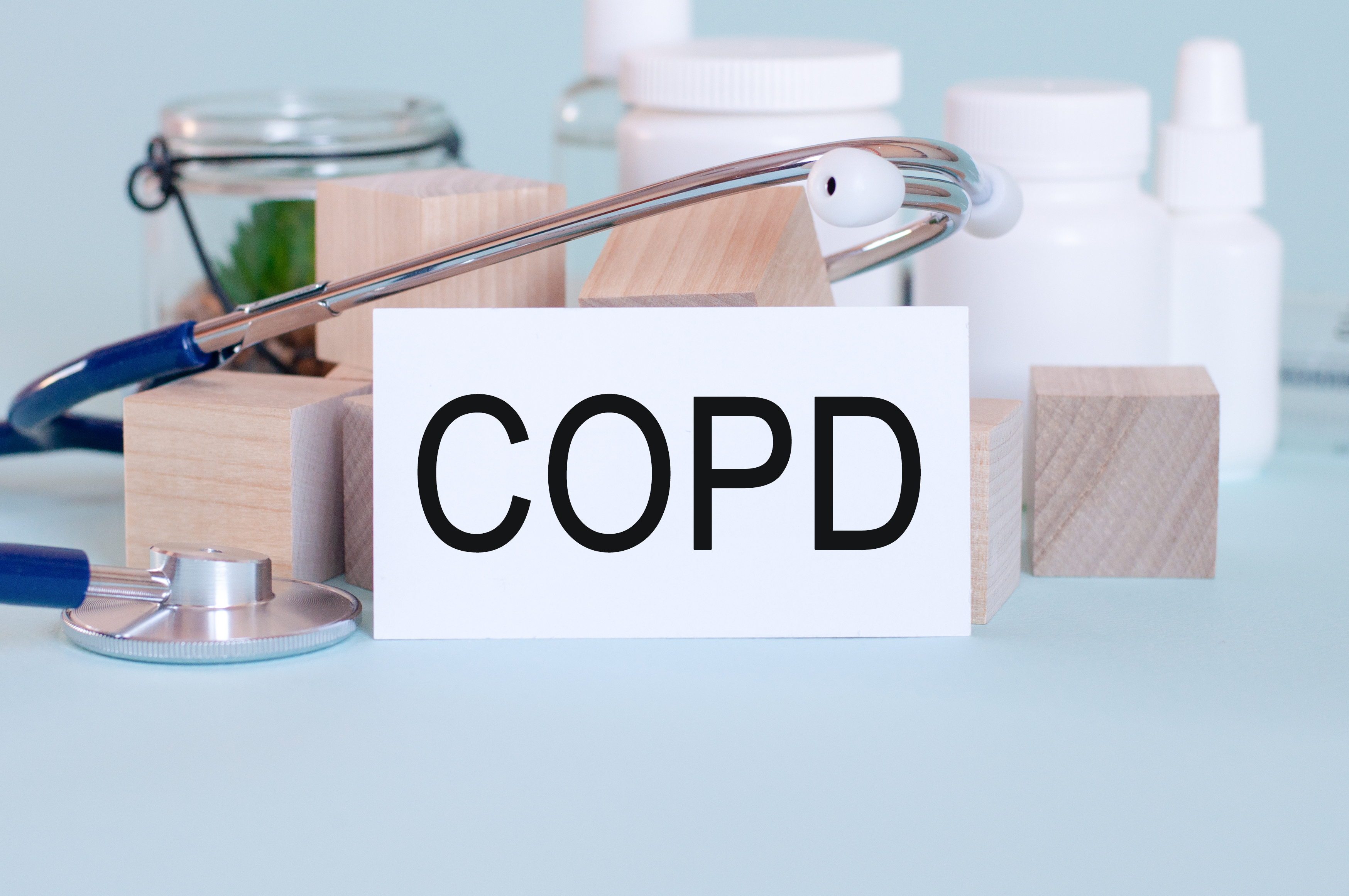
Older adults often fall victim to misidentification of their medical symptoms, with chronic obstructive pulmonary disease (COPD) being either overdiagnosed or underreported, according to new research out of Canada.
This is happening despite the medical community’s efforts to educate care providers on the importance of airflow obstruction on lung function tests (called spirometry) in classifying COPD patients, Dr. M.A. Malik Farooqi from McMaster University in Hamilton, Ontario, Canada, told Healio.
That common misclassification is associated with higher respiratory symptom burden, healthcare usage and lower physical performance, the research shows.
“COPD misclassification may result in missed opportunities to provide disease-specific therapy that could lead to a reduction in disease burden and improve the long-term health of patients,” Farooqi said.
The longitudinal Canadian study, published in BMJ Open Respiratory Research included more than 21,000 Canadian patients with high-quality spirometry.
Researchers evaluated self-reported physician-diagnosed COPD and compliance with spirometry airflow restriction. They then assessed relationships between confirmed COPD, underdiagnosis and overdiagnosis with self-reported respiratory symptoms, physical performance, and healthcare utilization.
Research findings showed that 5 percent of participants reported physician-diagnosed COPD. Just 1 percent had confirmed COPD supported by spirometry airflow obstruction.
There were inconsistencies found in about 8 percent of self-reported COPD and spirometry findings, with about equal numbers being over and underreported.
COPD is the third leading cause of death in the U.S., according to the American Lung Association. More than 16.4 million people have been diagnosed with the disease, but millions more likely have the disease and do not realize it, experts say.
Worldwide, the disease also ranks as the third-leading cause of death, according to the World Health Organization. (WHO). Early diagnosis and treatment helps slow progression of the disease, which is characterized by abnormalities in the small airways of the lungs that lead to limitations of airflow in and out of the lungs.


